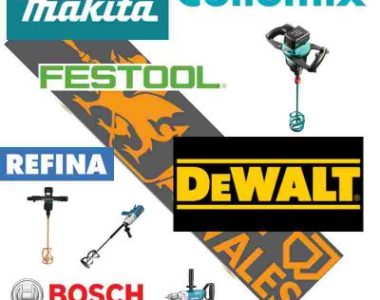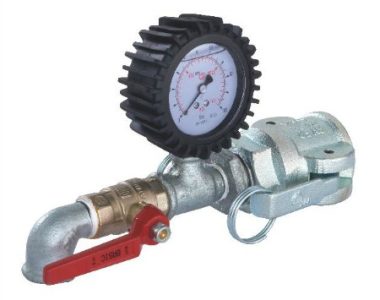No products in the cart.
Helpful guide for rotors and stators for plastering machines. The Rotor and stator is the pump unit for a plastering machine. The rubber stator will remain static whilst the steel rotor

The rotor and stator can be used to determine the output of the plastering machine. Generally the lower the 1st number the slower the pump.
On a PFT G4 a D type pump is the standard. the machine is supplied with a d6-3 rotor and stator with an output of 20-22 lts per minute however we can use any “D” pump if we wish to increase or decrease the flow of material.
We will generally use a slower pump unit between 6 and 14 lts for thinner applications or textured finishes, a mid range pump unit between 18 – 25 lts for one coat rendering and backing plasters and we will use a high output pump between 25 -35 lts for floor screeds or large rendered areas.
The Rotor and stator is a wearable unit and should usually last between 15 and 25 tons of render, backing plasters can be more abrasive and will wear down quicker.
A larger rotor and stator can be used on the G4 for pumping high volume floor screeds. The “R type pump” such as R8 1.5 is wider and has the ability to pump up to 80 litres on a PFT G4.
Some of the larger plastering machines are available in switchable 240/415 volt or just 240 volt. For this type of machine it is recommended that a “slimline” rotor and stator is required, The slimline will reduce the amps produced when the machine is in use and therefore keep the plastering machine operating correctly and efficiently.
The PFT Ritmo has a smaller pump unit which is a B type pump. The max output on the B 4 – 2 pump is 14 lts . The B4-2 is the standard pump for the Ritmo L and L plus. The Ritmo m will use a B4 1-5 pump. The output on the Ritmo is variable and therefore we can use the B4-2 rotor and stator for all our requirements.
The Ritmo plastering machine is a single phase mixing pump and the rotor and stator is much smaller.
Conveying pumps like the PFT Swing, the PFT ZP3 and Utiform diesel machines will use rotors and stators to pump the wet material. The Swing can use B, C & D pumps depending on the machine.
For very low outputs on a PFT Swing M the “C” pump can be used. The C pump can pump very low outputs which makes it very suited to spraying thin coats up to a few mm.
The Larger swing pumps and the ZP3 conveying pumps can be used with a D pump and higher output pumps like 2L6 when used for pumping screeds
The “2l6” “T10” “2l8″ ” renderstar” are used for diesel and the largest ZP3 machines. The rotors and stators for these pumps are much larger. They will pump much further away from the machine and at a much higher output.
The rotor and stator for a diesel machine in particular the ones used to pump liquid screeds from a truck will need to pump at a very high rate.
At PFT Wales we have a great range of experience with plastering machines and rotors and stators. If you need any help in selecting the most appropriate rotor and stator for your plastering machine, please get in touch [email protected] and we can offer you our best advise.





